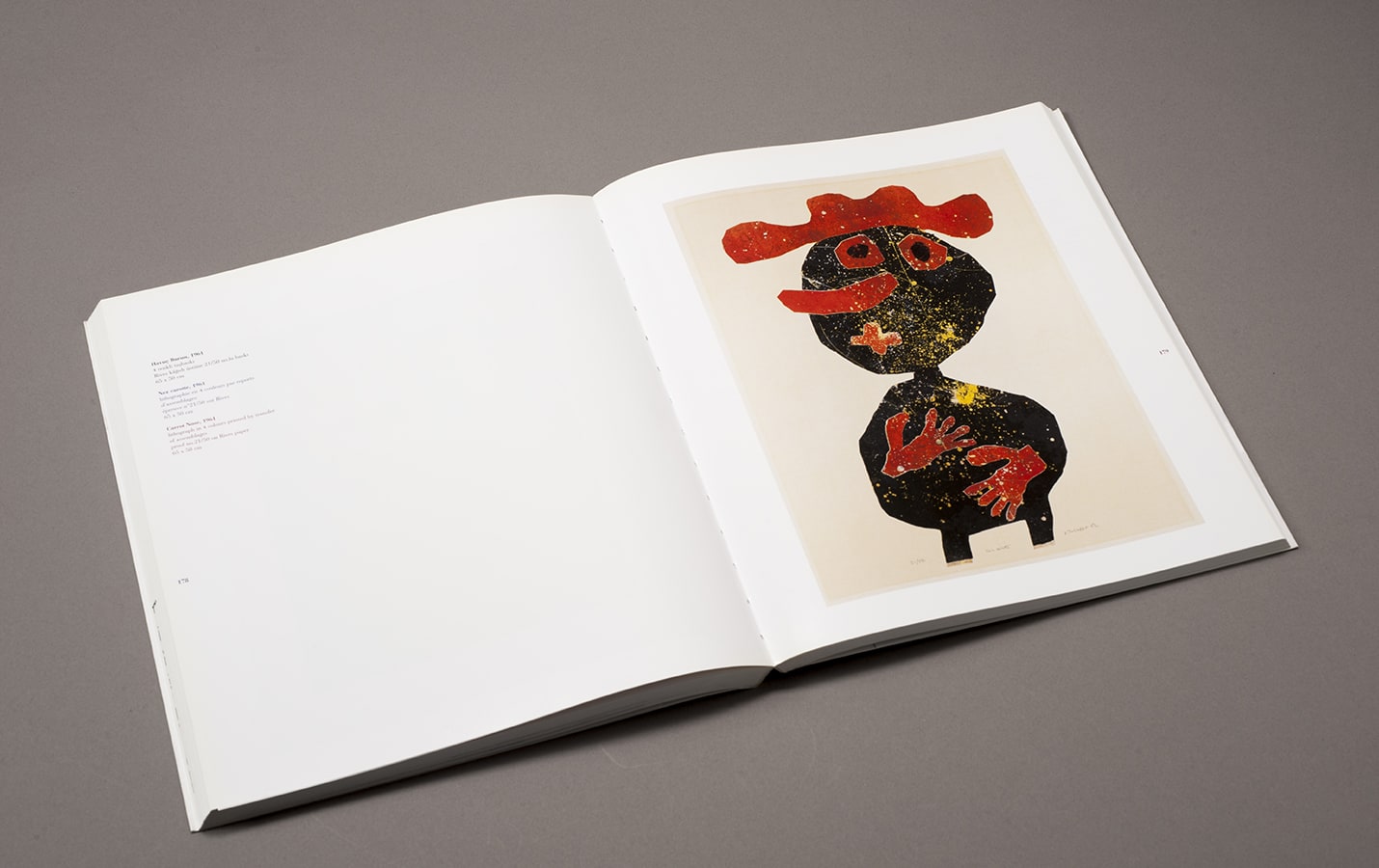October 26, 2005 - January 8, 2006
Imprinting fascinated Jean Dubuffet for over forty years and is an integral part of his creative oeuvre. Throughout his life, in certain intense and active phases, he would not cease to explore the range of different techniques that could be utilized in printing and most of all those of lithography, interpreting and inventing new methods, as to better meet his needs. According to a set of associations and logic distinctive to this artist, each discovery led him directly to a rich field of developments into which he was to rush with perpetual sense of wonder, ignoring the limits of these new fields of investigation.
Created between 1944 – 1984 a selection of the artist’s works were exhibited for the first time at Pera Museum.
Curator: Meira Perry-Lehmann
Exhibition Catalogue

Imprinting fascinated Jean Dubuffet for forty years and it is indissolubly a part of his creative oeuvre. Throughout his life, in certain intense and active phases, he would not cease to explore...

Three people sleeping side by side. On the uncomfortable seats of the stuffy airplane in the air. Three friends. I’m the friend in the window seat. The other two are a couple, Emre and Melisa. I’m alone, they are together. And another difference. I’ve only closed my eyes. They are asleep.

Men were the first nudes in Turkish painting. The majority of these paintings were academic studies executed in oil paint; they were part of the education of artists that had finally attained the opportunity to work from the live model. The gender of the models constituted an obstacle in the way of characterizing these paintings as ‘nudes’.
Tuesday - Saturday 10:00 - 19:00
Friday 10:00 - 22:00
Sunday 12:00 - 18:00
The museum is closed on Mondays.
On Wednesdays, the students can
visit the museum free of admission.
Full ticket: 300 TL
Discounted: 150 TL
Groups: 200 TL (minimum 10 people)